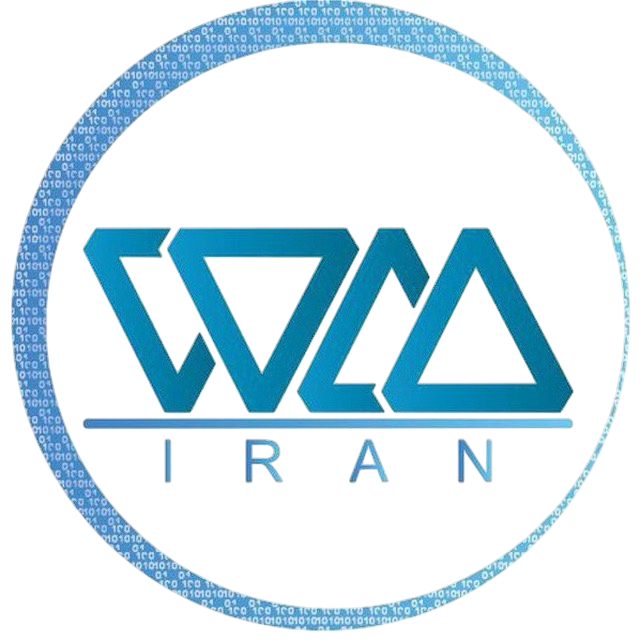Вы, наверняка, уже слышали:
Картинка продана за миллионы. Знаменитости выпускают цифровое искусство. Все говорят о NFT.
Но что такое NFT на самом деле?
И самое главное — зачем их вообще придумали?
На wmiran.com, где мы поддерживаем свободу и приватность в криптовалютах, нас часто спрашивают:
«NFT — это просто дорогие картинки?»
Короткий ответ: нет. NFT — это намного больше.
Разберёмся, что это такое, зачем их создали и как они работают.
Что такое NFT?
NFT расшифровывается как невзаимозаменяемый токен (Non-Fungible Token).
-
Невзаимозаменяемый — значит уникальный, неповторимый
-
Токен — это цифровой объект, записанный в блокчейне
Таким образом, NFT — это уникальный цифровой актив, подтверждённый блокчейном. У каждого есть свой владелец, история и подлинность.
Зачем создали NFT?
До появления NFT у цифрового мира была проблема:
Как доказать, что файл — оригинал? Кто владелец? И можно ли вообще “владеть” цифровым объектом?
Файл можно скопировать. Картинку — скачать.
А NFT решает это: доказывает право собственности на цифровой объект, даже если он выглядит как обычный файл.
Какие задачи решает NFT?
-
Цифровая собственность — теперь можно действительно «владеть» цифровым объектом
-
Прозрачная история — видно, кто создал, кто продал, сколько раз
-
Роялти — авторы автоматически получают процент при каждой перепродаже
-
Аутентичность — токен нельзя подделать
-
Передача прав — NFT можно легко продать, передать, подарить
Где используются NFT?
NFT — это не только картинки и мемы. Вот реальные применения:
-
Цифровое искусство — художники создают и продают работы в формате NFT
-
Игры — предметы, персонажи, скины (например, в Axie Infinity или Sandbox)
-
Музыка и медиа — альбомы, билеты на концерты
-
Коллекционные карточки — цифровые версии редких объектов (NBA Top Shot)
-
Доменные имена — например, имена
.eth -
Цифровая идентификация — пропуска, сертификаты, удостоверения
-
Реальные активы — недвижимость, документы, контракты в виде NFT
NFT и криптовалюта — это одно и то же?
Нет.
Хотя и NFT, и криптовалюта существуют в блокчейне, у них разное назначение:
-
Криптовалюта (например, BTC или ETH) — заменяемая (1 монета = 1 монета)
-
NFT — уникален, как паспорт или коллекционная вещь
Пример:
-
ETH = доллары
-
NFT = картина с подписью — один экземпляр
Можно ли использовать NFT через wmiran.com?
wmiran.com — это платформа для приватных обменов криптовалют.
Многие наши пользователи обменивают BTC → ETH или MATIC, чтобы потом использовать их на NFT-платформах:
-
Например: OpenSea, Blur, Magic Eden и др.
-
Без KYC, без следов, с полной свободой
Заключение
NFT — это не просто мода. Это новый способ доказать, кому принадлежит цифровой объект.
Они решают реальные задачи: для художников, геймеров, коллекционеров и бизнесов.
И хотя в сфере много шума, сама технология решает конкретные проблемы цифрового мира.
На wmiran.com мы поддерживаем такие инновации. Потому что криптомир — это не просто деньги. Это свобода, творчество и независимость.




